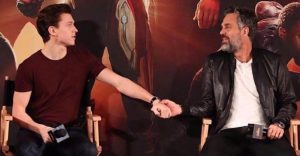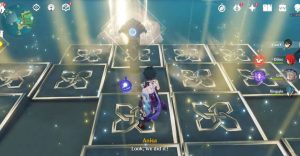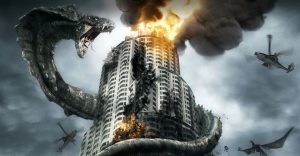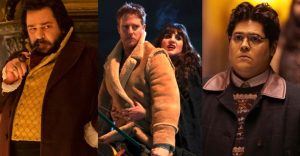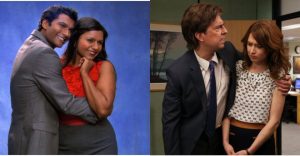Halston True Story: How Much The Show Changes
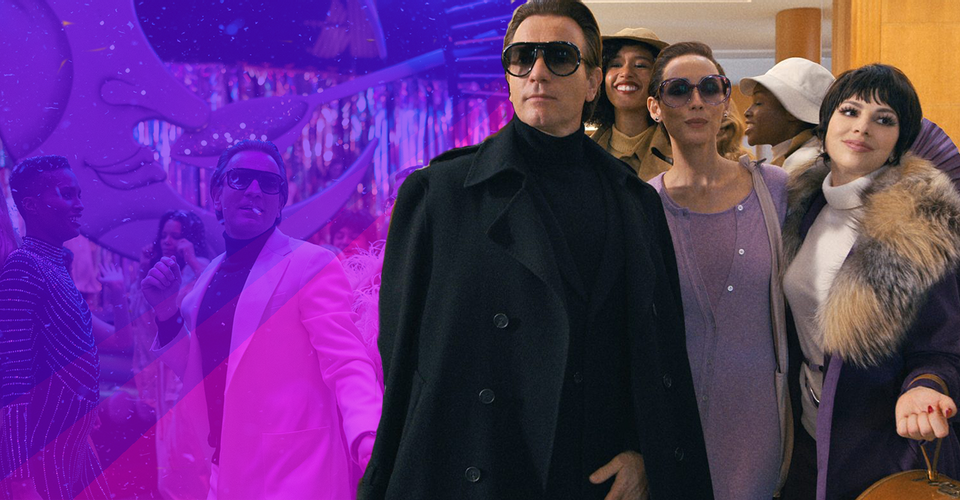
Halston chronicles the career and personal life of the fashion icon from the 1960s-90s, but how much of the story is true? The five-episode limited series, which is currently streaming on Netflix, was co-written and executive produced by Ryan Murphy and stars Ewan McGregor in the title role. Representatives of the Halston Archives and Family denounced Halston, issuing a statement that said they had not been consulted and called Halston an “inaccurate, fictionalized account of the famed designer.” Still, Halston offers a highly stylized, glossy magazine cover synopsis of its subject’s personal and professional lives manufactured from Murphy’s distinct perspective and Steven Gaines’ biography Simply Halston: The Untold Story.
Halston executive producer and director Dan Minahan structured each episode around a different collection or creation of the designer’s, such as his first collection for Bergdorf Goodman, the Ultrasuede dress, his fragrance, and his industry-changing controversial collaboration with department store chain JCPenney. The series delves into Halston’s personal life, including his tumultuous love affair with Victor Hugo (played by Gian Franco Rodriguez), his close friendships with jewelry designer Elsa Peretti (played by Rebecca Dayan), who was an acclaimed jewelry designer best remembered for her signature Tiffany & Co.’s “Bone Cuff,” and performer Liza Minelli (played by Krysta Rodriguez). It also explores Halston’s debaucherous days as a fixture on the Studio 54 club scene. The series concludes with Halston’s fall from grace and his final months before succumbing to AIDS-related lung cancer in 1990 at 57.
Halston has reignited interest in the fashion pioneer who not only dressed celebrities but became one in his own right. The designer’s contribution to American fashion is indisputable: a self-made man who aspired to make high fashion accessible to every woman. Halston dressed women beautifully, creating silhouettes that flattered every shape and size. He built a brand that included handbags, luggage, carpet, and lingerie. Halston paints a picture of an innovator with a propensity for excess. Here’s how much we know to be true of Ryan Murphy’s biographical series.
There’s No Evidence Halston’s Childhood Was Abusive

Roy Halston Frowick was born on April 23, 1932, in Des Moines, Iowa, to an accountant and a homemaker. His family moved to Evansville, Indiana, when he was 10 years old. The series doesn’t linger long on Halston’s childhood other than to show him making hats for his mother, who was portrayed as a victim of physical and verbal abuse. According to Gaines (via Slate), Halston did design hats for his mother and sister. Although his father may have been temperamental, accounts from friends and family describe Halston’s upbringing as “wholesomely middle-class middle American.”
The Series Omits A Key Figure

Andy Warhol’s presence is felt if not seen in Halston. His pop-art paintings adorn the walls of Halston’s apartment (Hugo did, in fact, steal several of the artist’s works from his lover), and his name and famed Factory are mentioned in passing. According to Slate, not only were Halston and Warhol close friends, but they were also frequent collaborators. Warhol would photograph Halston’s fashion shows, and he was a fan of the designer’s menswear so much so that he created an advertising campaign in 1982. The two spent holidays together and gave each other lavish gifts. The house in Montauk that Halston supposedly purchased actually belonged to Warhol, and Halston rented a cottage, one of several that comprised the artist’s compound.
Halston’s inner circle is whittled down considerably in the series. According to Vogue, frequent guests at Halston’s 101 East 63rd Street home included Elizabeth Taylor, Bianca Jagger, Anjelica Huston, Cher, and model Pat Cleveland. Halston loved being surrounded by an entourage and a select group of models known as the Halstonettes who, according to CNN, traveled with the designer and accompanied him to functions “often in coordinating outfits he’d custom-tailored for them.”
Many People Blamed Halston’s Downfall On Victor Hugo

Hugo features predominately in Halston as a pushy hanger-on who blackmails and steals from Halston to support his drug habit and subsidize his career as an “artist.” Gaines told Logo he believed Halston “liked being humiliatedby Hugo” and “the shock value of having him around.” In 2019’s Halston documentary, Halston’s friend and illustrator Joe Eula (played by David Pittu) told filmmaker Frédéric Tcheng (via Vanity Fair) that Halston put up with Hugo because he was in love with him. When asked by Tcheng when things began to fall apart, Eula responded, “The day they met.” Hugo’s parasitic qualities are evident in the series, but there are moments of what appear to be genuine tenderness between the two men. “I think maybe Victor, in the beginning, was the person who could tell Halston the truth about things. But then that became something more manipulative,” Minahan told VanityFair.
Halston Did Sell His Company And His Name

Fresh off his triumph at The Battle of Versailles, Halston sold his company and his name to Norton Simon in 1973 for $16 million. The deal was meant to give Halston a much-needed cash infusion. In 1983, he signed a $1 billion six-year deal with JCPenney creating the industry’s first “masstige” line. In the series, Halston doesn’t show much enthusiasm for the endeavor, but in real life, he announced the collaboration himself on live television, and it gave him the opportunity he craved: “to dress every woman in America,” according to Bustle. While commonplace now (Missoni for Target, Hermès, and Apple), this type of luxury brand collaboration was unheard of at the time, and the deal turned the fashion world against him. The series focus shifts to how Halston’s lavish spending, drug addiction, and turbulent personal life only further serves to diminish his cachet. While his designs for the retailer varied greatly from his made-to-order creation, he was one of a few designers laying the groundwork for today’s trendy athleisure wear.
What Really Happened At The Battle of Versailles

The brainchild of publicist Eleanor Lambert (played by Kelly Bishop), whose real legacy is the famed New York Fashion Week, the Battle of Versailles pitted five french designers against five Americans. Josephine Baker was there, Liza Minelli performed, but Halston doesn’t acknowledge an important aspect of that evening: the models. Robin Givhan, the fashion critic for The Washington Post, wrote, “the Versailles runway would host one of the largest contingents of African American models ever to walk in a major, multiracial fashion show — a show that did not use them as a gimmick, an overt aesthetic statement or a political flourish.” According to Bustle, Halston regularly used BIPOC models in his runway shows, and he helped launch the careers of Pat Cleveland and Iman.
Halston Was Close To His Siblings

Halston portrays the designer as a man haunted by demons that stem from a tumultuous upbringing. Besides fictionalized flashbacks and a funeral scene, none of Halston’s family members appear in the miniseries. In the final episode, Halston leaves the East Coast, spending his final months traveling along the Pacific Coast, making his way to San Francisco. The series omits that the designer lived out his final months after a year and a half long battle with AIDS surrounded by his family. According to Slate, Halston’s brother Bob Frowick, and his sister, Sue Hopkins, lived in the Bay Area with their families. Halston was especially close to his niece Lesley Frowick who maintains the Halston Archives. She also wrote the book Halston: Inventing American Fashion and was co-curator of the traveling exhibition Halston and Warhol: Silver and Suede. Her lack of involvement in Halston undermines the credibility of Halston in a significant way.
About The Author











